42 reading food labels for cholesterol
Reading food labels: Tips if you have diabetes - Mayo Clinic Jun 25, 2021 · Reading food labels can help you make the best choices. ... Look for foods with fats, cholesterol and sodium on the low end of the Daily Value; keep fiber, vitamins ... How to Understand and Use the Nutrition Facts Label | FDA Feb 25, 2022 · People look at food labels for a variety of reasons. ... The following label-reading skills are intended to make it easier for you to use the Nutrition Facts labels to make quick, informed food ...
Understanding Ingredients on Food Labels | American Heart ... Mar 06, 2017 · These fats raise your bad cholesterol (LDL) and decrease your good cholesterol (HDL). Some experts say you should choose foods with five or fewer ingredients. While this “five-limit rule” has gotten a lot of attention lately, Kris-Etherton said there’s no reason to complicate your label reading to this degree.
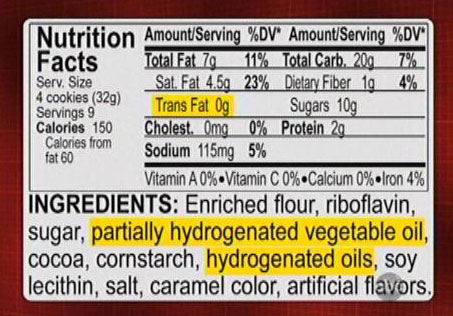
Reading food labels for cholesterol
Consumer Research on Labeling, Nutrition, Diet, and Health Results suggest that search for total fat, saturated fat, and cholesterol information on food labels is less likely among individuals who consume more of the three nutrients, respectively. How to read food labels | healthdirect Energy: A kilojoule is a measure of energy. To lose weight, you need to eat and drink fewer kilojoules (kJ) than you use. You should limit your intake of discretionary or junk foods — i.e. those that have more than 600kJ per serve. Percent daily value - Canada.ca cholesterol; carbohydrate; fibre; potassium; sodium; The % DV for a nutrient is calculated by: dividing the amount of a nutrient in a serving size by its daily value, then; multiplying that number by 100; For example, a food product has 3 mg of iron. The daily value for iron is 14 mg. This means that the % DV for iron would be 21%.
Reading food labels for cholesterol. Palm oil - Wikipedia Food producers are required to list the specific type of vegetable fat used, including palm oil. Vegetable oils and fats can be grouped together in the ingredients list under the term "vegetable oils" or "vegetable fats" but this must be followed by the type of vegetable origin (e.g., palm, sunflower, or rapeseed) and the phrase "in varying ... Percent daily value - Canada.ca cholesterol; carbohydrate; fibre; potassium; sodium; The % DV for a nutrient is calculated by: dividing the amount of a nutrient in a serving size by its daily value, then; multiplying that number by 100; For example, a food product has 3 mg of iron. The daily value for iron is 14 mg. This means that the % DV for iron would be 21%. How to read food labels | healthdirect Energy: A kilojoule is a measure of energy. To lose weight, you need to eat and drink fewer kilojoules (kJ) than you use. You should limit your intake of discretionary or junk foods — i.e. those that have more than 600kJ per serve. Consumer Research on Labeling, Nutrition, Diet, and Health Results suggest that search for total fat, saturated fat, and cholesterol information on food labels is less likely among individuals who consume more of the three nutrients, respectively.

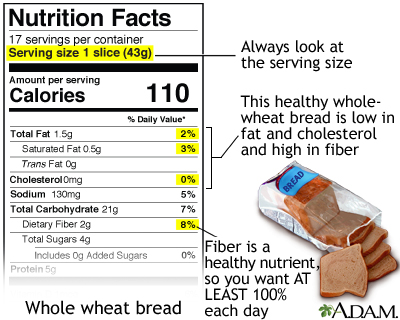


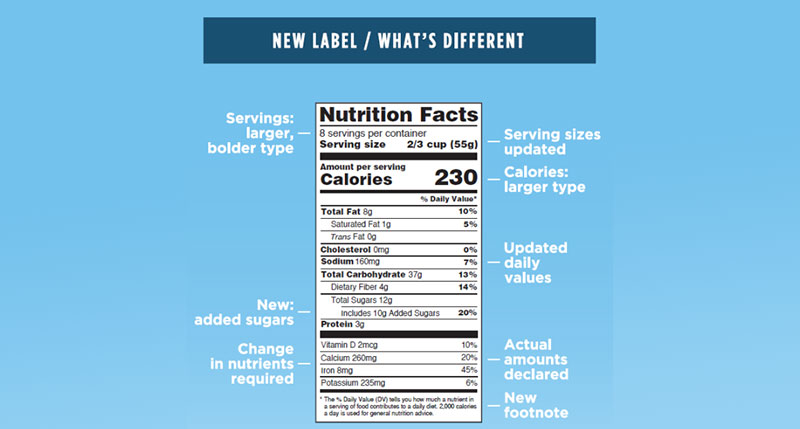

:max_bytes(150000):strip_icc()/egg-56d0d4085f9b5879cc7196f6.jpg)
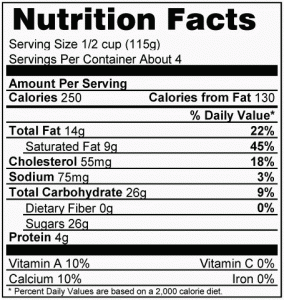
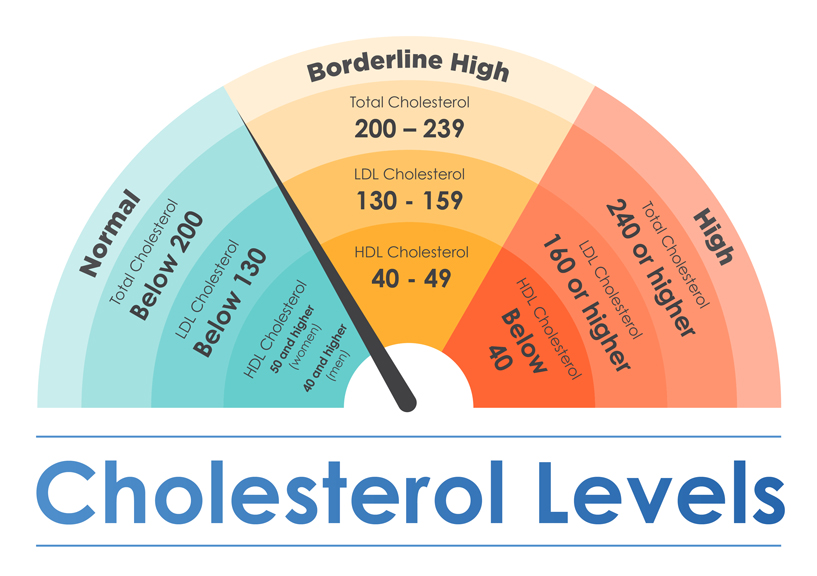






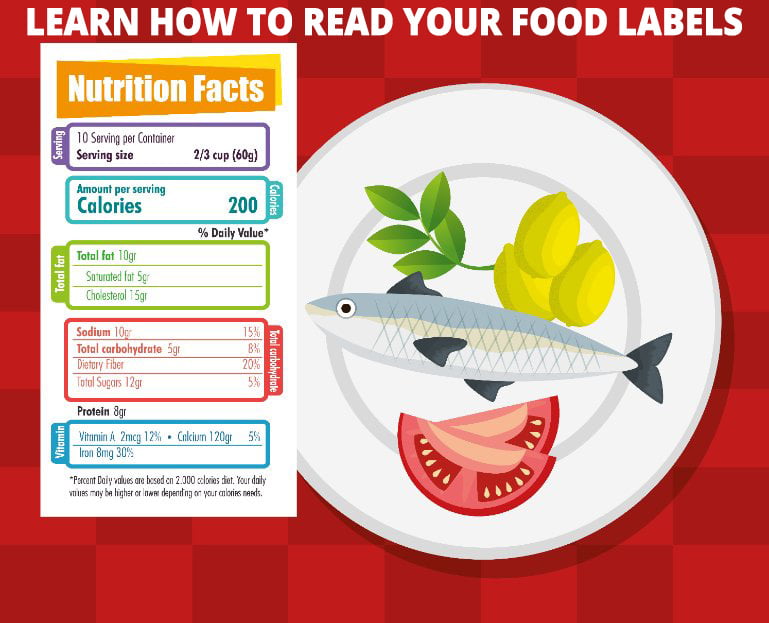
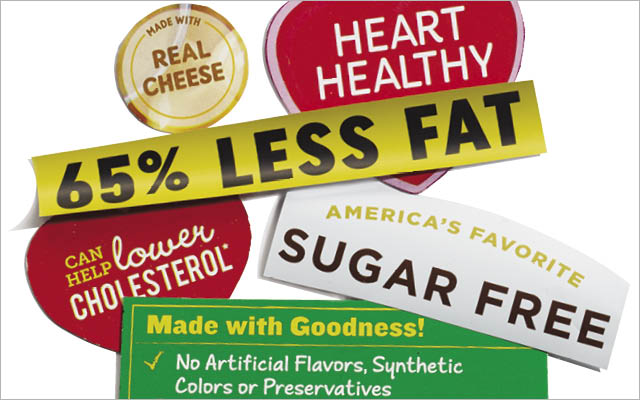



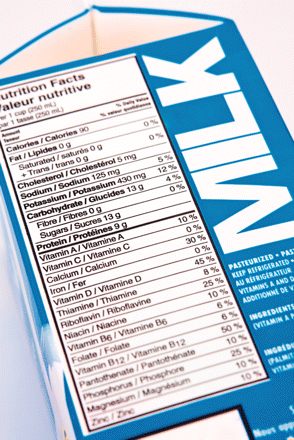












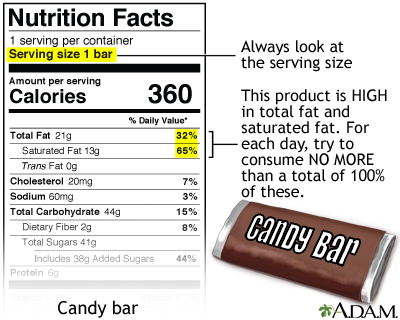


Post a Comment for "42 reading food labels for cholesterol"